
Six Sigma for Financial Services
How Leading Companies Are Driving Results with Lean, Six Sigma, and Process Management
Recommendation
The title of this book is misleading. In fact, its subtitle is more relevant. It does not focus on Six Sigma only, but rather on a variety of tools that companies offering financial services are – or should be – using to achieve what Rowland Hayler and Michael D. Nichols call "business process excellence": creating the greatest possible value for customers. The book is based on a study (described in the index) of 11 leading financial-services companies, some international and some local. The authors frequently cite useful examples from their respondents to anchor some of their theories in real life. Unfortunately, managers who are eager to benefit from this important information may find the authors' prose opaque and abstract. The charts and chapter summaries are helpful, but some readers may need perseverance to learn from this book. Nevertheless, getAbstract finds the authors' goal laudable: to show how financial-services companies can improve their often-abysmal customer service standards, and thus increase their profits and competitiveness.
Summary
About the Authors
Rowland Hayler is the vice president of international operations for an international consulting firm and has worked with many leading financial institutions. Michael D. Nichols is a principal consultant and senior master black belt for a consortium of Lean Six Sigma professionals. He co-developed a major corporation's Six Sigma process management programs and is president of the American Society for Quality.







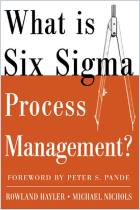
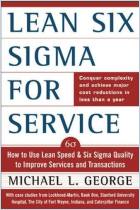

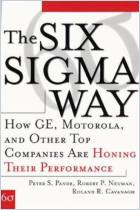

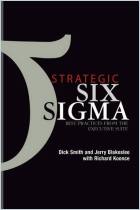
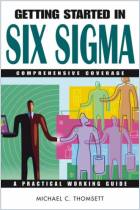





Comment on this summary or Start Discussion